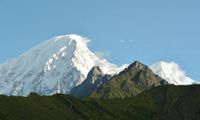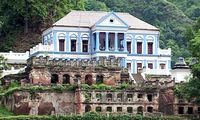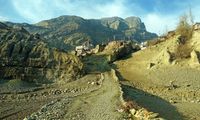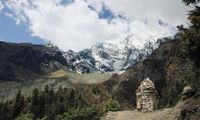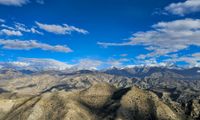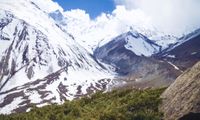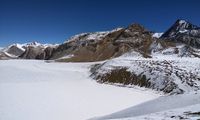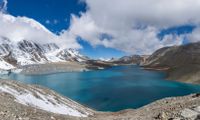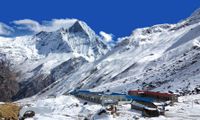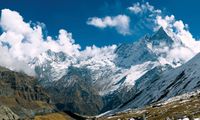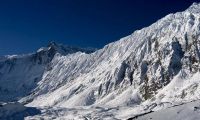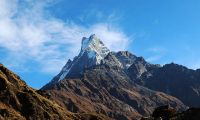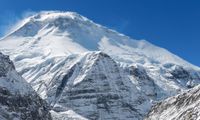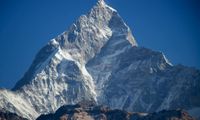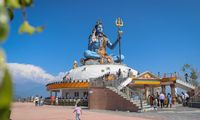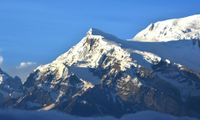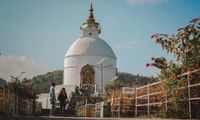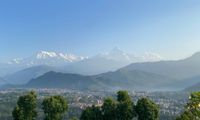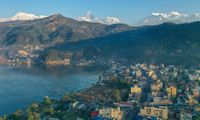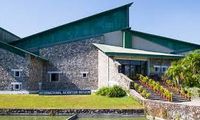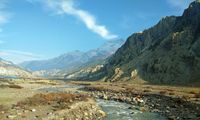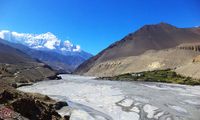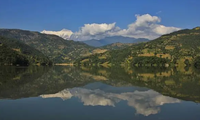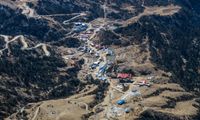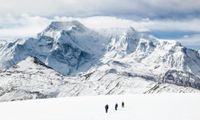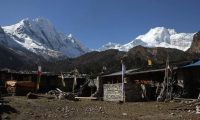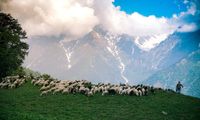Dhorpatan, Nepal
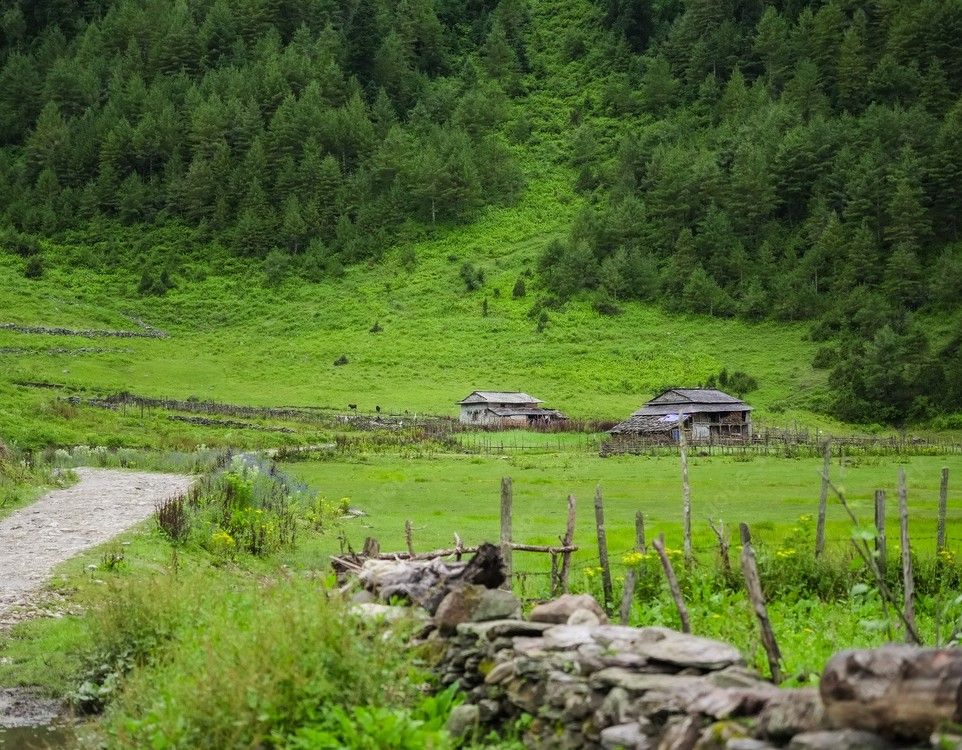
About
Dhorpatan, Nepal, is a hidden Himalayan treasure located in the Baglung and Myagdi districts of western Nepal. Perched at around 3,000 meters, it is famous for its rolling alpine meadows, pristine forests, and panoramic views of the Dhaulagiri and Annapurna ranges.
The region is home to the Dhorpatan Hunting Reserve, Nepal’s only hunting reserve, sheltering rare species like blue sheep, Himalayan tahr, and musk deer. Beyond nature, Dhorpatan offers a glimpse of authentic rural life, with Magar and Kham-speaking communities preserving traditional culture, festivals, and hospitality.
Ideal for trekkers, wildlife enthusiasts, and cultural explorers, Dhorpatan provides a peaceful, off-the-beaten-path Himalayan experience. From challenging trekking routes to serene landscapes and vibrant local culture, this hidden valley promises an unforgettable adventure in western Nepal.
Locate Us
Nestled deep within the rugged landscapes of western Nepal, Dhorpatan is one of the country’s least explored yet most captivating highland valleys. Located on the border of Baglung and Rukum districts, this hidden Himalayan paradise sits at an altitude of about 2,800 meters, surrounded by snow-capped peaks, rolling alpine meadows, and dense pine forests.
Unlike the crowded trails of Annapurna or Everest, Dhorpatan remains peaceful and pristine — a place where nature, wildlife, and traditional culture coexist harmoniously. It offers trekkers, nature lovers, and cultural explorers a genuine experience of rural Nepal, untouched by mass tourism.
The area’s main attraction, the Dhorpatan Hunting Reserve, is Nepal’s only hunting reserve, established in 1987 to preserve rare Himalayan ecosystems and manage controlled wildlife hunting. Beyond its conservation importance, the region is a treasure for hikers, bird watchers, and cultural enthusiasts who want to see Nepal’s wild side.
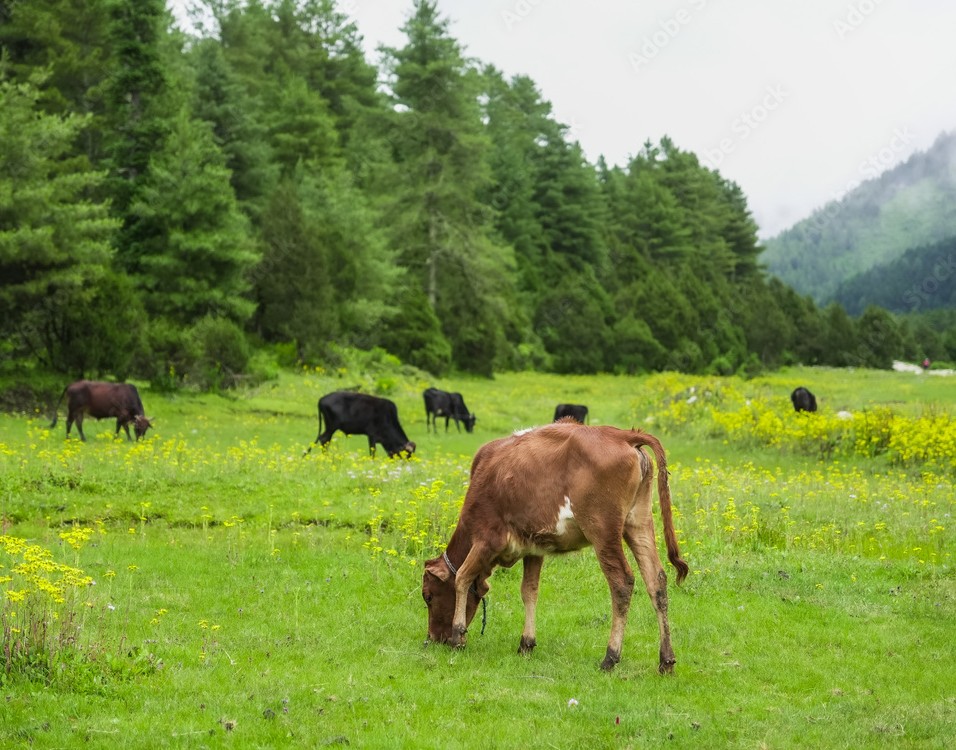
Geography and Location
Dhorpatan lies between the Dhaulagiri and Annapurna Himalayan ranges, offering stunning mountain views from nearly every angle. The valley is accessible from Baglung, Myagdi, and Rukum districts, covering a total area of around 1,325 square kilometers.
The landscape transitions beautifully from sub-alpine forests to alpine grasslands, dotted with rhododendron, oak, and juniper trees. Several rivers, including Uttar Ganga and Sungure Khola, flow through the valley, creating a network of natural wetlands that support diverse flora and fauna.
Due to its remoteness, Dhorpatan remains relatively isolated, making it one of the last truly wild frontiers in Nepal’s western Himalayas.
Why Visit Dhorpatan
If you’re searching for an offbeat destination in Nepal, Dhorpatan is ideal. It’s a place where you can experience solitude, wilderness, and authentic village life — far from the modern world.
Key reasons to visit include:
- To explore Nepal’s only hunting reserve, home to rare species like blue sheep and Himalayan tahr.
- To trek through untouched alpine valleys with panoramic views of Dhaulagiri, Gurja Himal, and Churen Himal.
- To experience traditional Magar and Gurung cultures in remote highland villages.
- To enjoy wildlife photography and bird watching in pristine natural surroundings.
- To explore off-the-beaten-path routes ideal for trekkers seeking quiet alternatives to popular circuits.
Dhorpatan Hunting Reserve – Nepal’s Only Hunting Reserve
Overview
The Dhorpatan Hunting Reserve was established in 1987 and covers a vast area across Baglung, Myagdi, and Rukum. It ranges in altitude from 2,850 to 5,500 meters and serves as a unique conservation area balancing wildlife protection and regulated hunting.
This is the only hunting reserve in Nepal, managed by the Department of National Parks and Wildlife Conservation (DNPWC). Hunting here is strictly controlled — only limited permits are issued each year, primarily for foreign hunters under government regulation.
Flora and Fauna
The reserve’s diverse habitats support a rich variety of life:
- Mammals: Blue sheep (Naur), Himalayan tahr, goral, serow, black bear, and leopard.
- Birds: Impeyan pheasant (Danphe), Nepal’s national bird, and other rare species like monal and blood pheasants.
- Plants: Dense forests of rhododendron, fir, pine, and juniper, with beautiful blooms in spring.
Conservation and Ecotourism
While hunting remains a part of Dhorpatan’s management system, ecotourism and conservation are increasingly prioritized. Revenue from hunting permits is reinvested into local development, anti-poaching programs, and habitat protection. Visitors today come mainly for trekking, wildlife photography, and nature study rather than hunting.
Trekking in Dhorpatan
Popular Trekking Routes
Trekking in Dhorpatan is an adventure through untouched landscapes, scattered villages, and high passes. The Dhorpatan Trek or Dhorpatan Circuit Trek can be customized from 7 to 15 days, depending on the route and starting point.
Common routes include:
- Baglung – Burtibang – Dhorpatan – Rukum – Myagdi
- Beni – Darbang – Takam – Dhorpatan – Jaljala Pass – Baglung
- Rukum – Dhorpatan – Myagdi Circuit
These routes take you through lush forests, alpine meadows, and stunning ridgelines with dramatic views of Dhaulagiri (8,167 m) and Annapurna South.
Trek Highlights
- Panoramic Himalayan scenery
- Crossing Jaljala Pass (3,430 m)
- Visiting Dhor Barahi Temple, a local pilgrimage site
- Encountering wildlife and blue sheep in the reserve
- Experiencing Magar and Gurung village life
Trek Difficulty and Duration
Most Dhorpatan treks are moderate. Trails are not technical but require stamina for long days of walking and some steep ascents.
- Duration: 8–15 days
- Best Season: March–May (spring) and September–November (autumn)
Adventure Activities in Dhorpatan
1. Wildlife Spotting
Dhorpatan is one of the best regions in western Nepal for wildlife observation. The open grasslands and forest edges make it easier to spot animals such as blue sheep, Himalayan black bear, musk deer, and various bird species.
2. Nature Walks and Photography
Photographers will love the clear Himalayan backdrop, green meadows, and traditional stone villages. Spring and autumn offer the best colors for landscape and wildlife photography.
3. Village Exploration
Cultural encounters with Magar, Gurung, and Thakuri communities provide insight into the traditional lifestyle of rural Nepal. Local people are known for their warm hospitality and unique festivals.
Local Culture and Villages
Ethnic Diversity
The valley is home to several ethnic groups, primarily Magar, followed by Gurung, Thakali, and Chhetri communities. Villages are small, scattered, and surrounded by terraced fields and yak pastures.
Festivals and Traditions
The locals celebrate festivals such as Dashain, Tihar, and Maghe Sankranti, often with traditional dances, local music, and communal feasts. You can also witness shamanic rituals and folk songs that reflect ancient beliefs tied to nature and spirits.
Homestays and Local Cuisine
While luxury lodges are absent, homestays offer an authentic cultural experience. Visitors can taste local dishes like dhido, gundruk, and yak milk products while enjoying warm hospitality.
How to Reach Dhorpatan
By Road
The most common access route is via Baglung or Beni:
- From Kathmandu to Baglung (via Pokhara): around 12–14 hours by road.
- From Baglung to Dhorpatan: around 6–8 hours of off-road driving or a 2-day trek.
Alternative routes come from Rukum and Myagdi, both offering scenic drives and trails.
By Air
You can fly from Kathmandu to Pokhara (25 minutes) and continue by road to Baglung or Burtibang, then trek or drive further into the Dhorpatan region.
Accommodation and Facilities
Dhorpatan remains largely undeveloped, which adds to its natural charm. Accommodation includes:
- Homestays: Run by local families; basic but clean and welcoming.
- Camping: Trekkers often bring tents and cooking equipment.
- Community Lodges: Limited availability but increasing with eco-tourism growth.
There are no ATMs or hospitals nearby, so visitors should carry sufficient cash, first aid, and necessary supplies.
Best Time to Visit Dhorpatan
The ideal time to visit is spring (March–May) and autumn (September–November) when skies are clear, rhododendrons bloom, and the weather is pleasant.
Winter (December–February) brings snow and cold temperatures, while monsoon (June–August) can make trails muddy and landslide-prone.
However, each season offers unique experiences — spring for color and wildlife, autumn for clear mountain views, and winter for solitude.
Travel Tips for Dhorpatan
- Permit: A special permit from the Department of National Parks and Wildlife Conservation is required for entering the Dhorpatan Hunting Reserve.
- Guide: Hiring a local guide ensures safe navigation and cultural insight.
- Supplies: Carry your own water purification tablets, snacks, and medical kit.
- Respect local customs: Dhorpatan is culturally sensitive; modest dressing and polite behavior are appreciated.
- Responsible travel: Avoid littering and respect wildlife habitats.
Nearby Attractions
Baglung and Beni
These towns are common starting points for treks and gateways to Dhorpatan. Baglung’s Kalika Temple and suspension bridges are worth exploring.
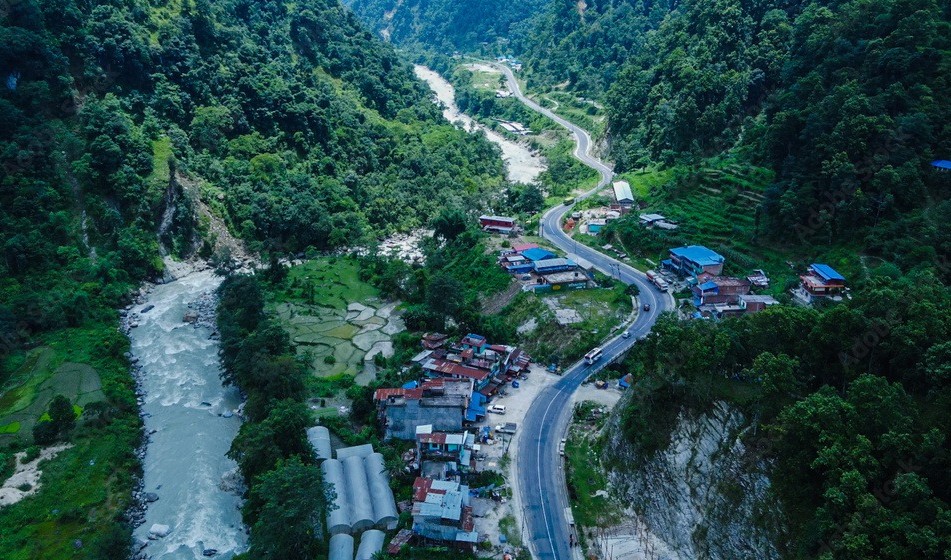
Jaljala Pass
A high scenic point offering 360-degree mountain views — ideal for sunrise and photography.
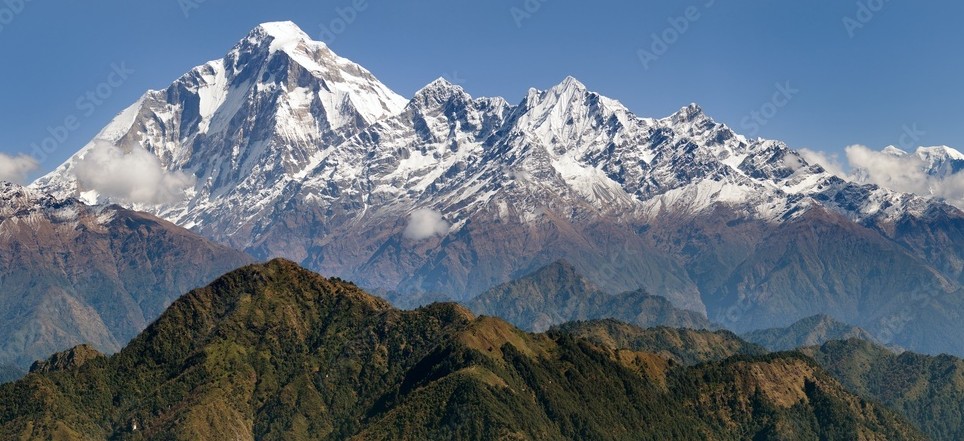
Rukum and Rolpa
Historic regions known for Magar culture and Guerilla Trails, once used during Nepal’s civil conflict but now peaceful trekking routes.
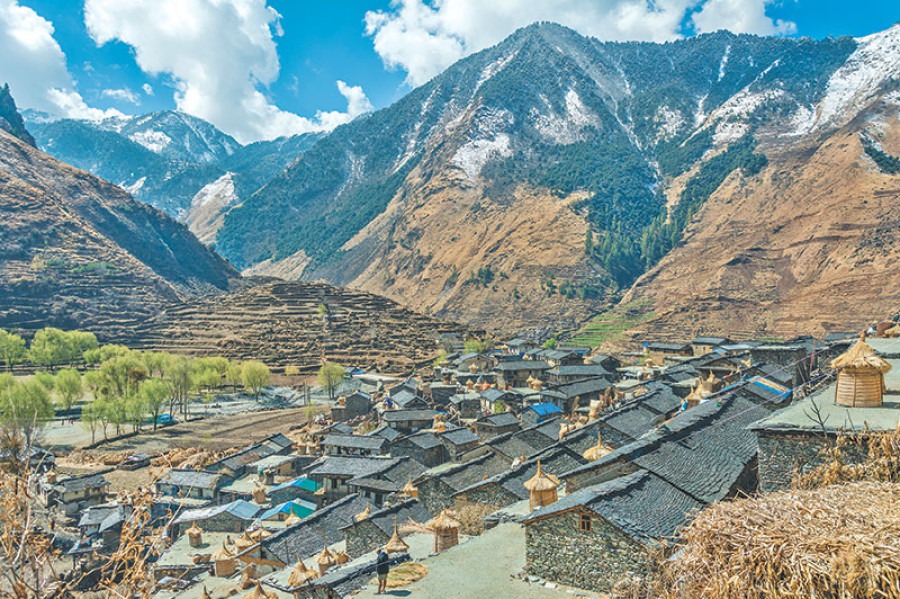
Extension Treks
For adventurous travelers, Dhorpatan can connect to Rara Lake Trek or Dhaulagiri Base Camp Trek, making for a longer exploration of western Nepal.
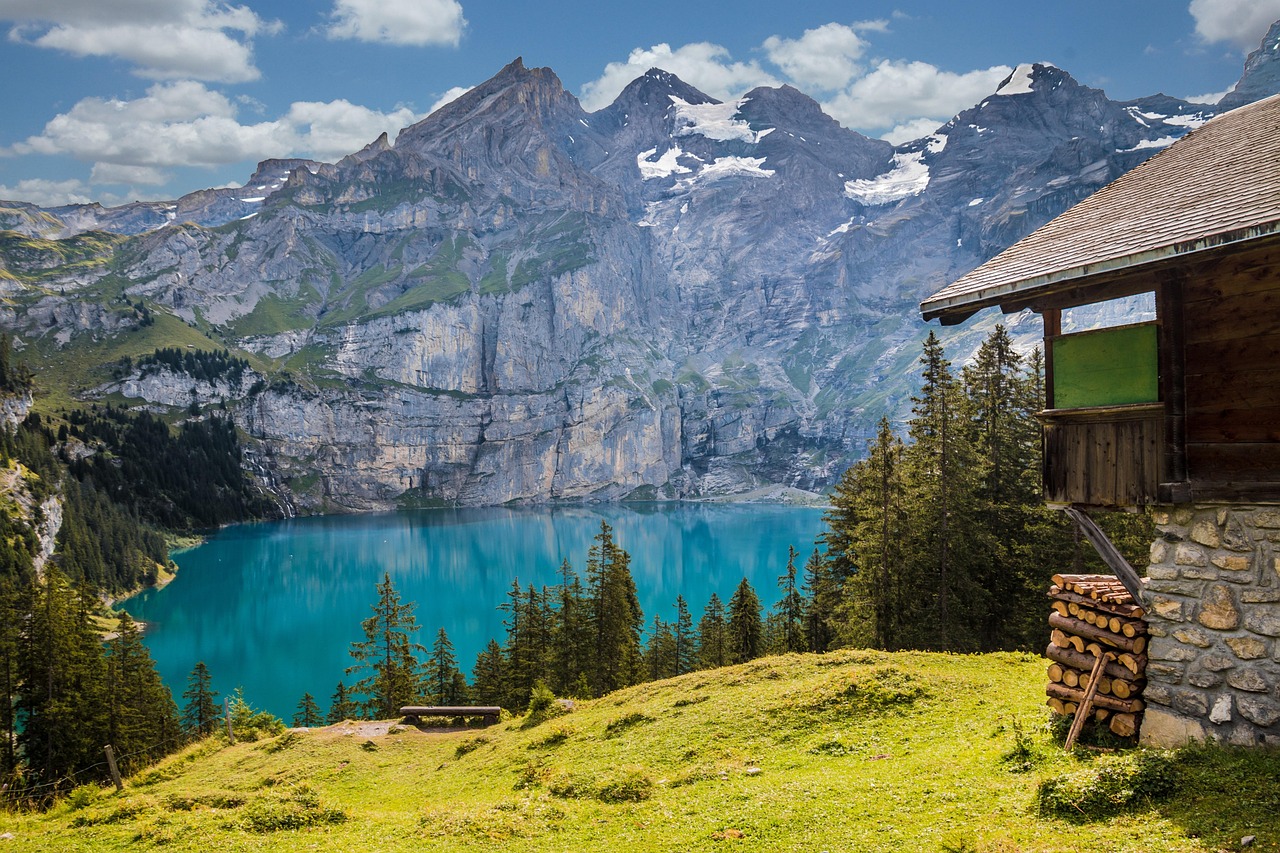
Frequently Asked Questions (FAQ) of Dhorpatan
1. Is Dhorpatan safe for travelers?
Yes, Dhorpatan is very safe. The locals are friendly, and crime is almost nonexistent. However, visitors should be physically prepared and carry essentials due to the region’s remoteness.
2. Do I need a special permit to visit Dhorpatan?
Yes. A permit for the Dhorpatan Hunting Reserve is required, which can be arranged through the DNPWC or authorized travel agencies.
3. What kind of wildlife can I see there?
You may spot blue sheep, Himalayan tahr, musk deer, black bear, and several pheasant species, including the colorful Danphe.
4. How difficult is the trek?
The Dhorpatan trek is moderate. Trails are remote but not technical, suitable for those with basic trekking experience.
5. Are there lodges or hotels in Dhorpatan?
Accommodation is mostly limited to local homestays and camping sites. Facilities are basic but offer genuine local experiences.
Conclusion
Dhorpatan, Nepal, stands as one of the last untouched corners of the Himalayas — a region of rare wildlife, rich culture, and peaceful landscapes. It offers the perfect balance between adventure and tranquility for those who seek something beyond the usual trekking routes.
Whether you’re an ecotourist, photographer, or trekker searching for solitude, Dhorpatan rewards you with authenticity, natural beauty, and a deep connection to Nepal’s highland wilderness.
As tourism gradually grows here, visiting responsibly ensures that Dhorpatan’s pristine charm and cultural heritage continue to inspire generations to come.
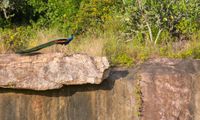
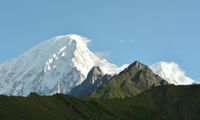
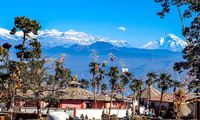
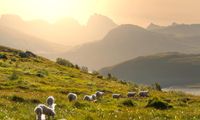
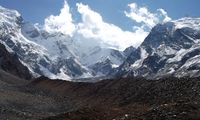

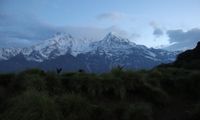

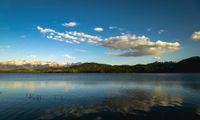
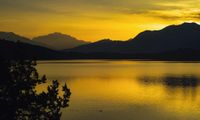
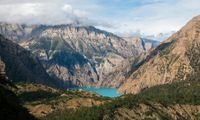
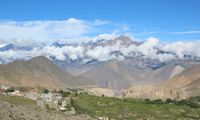
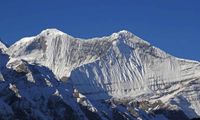
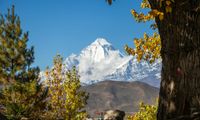
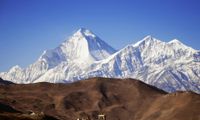
.jpg)
